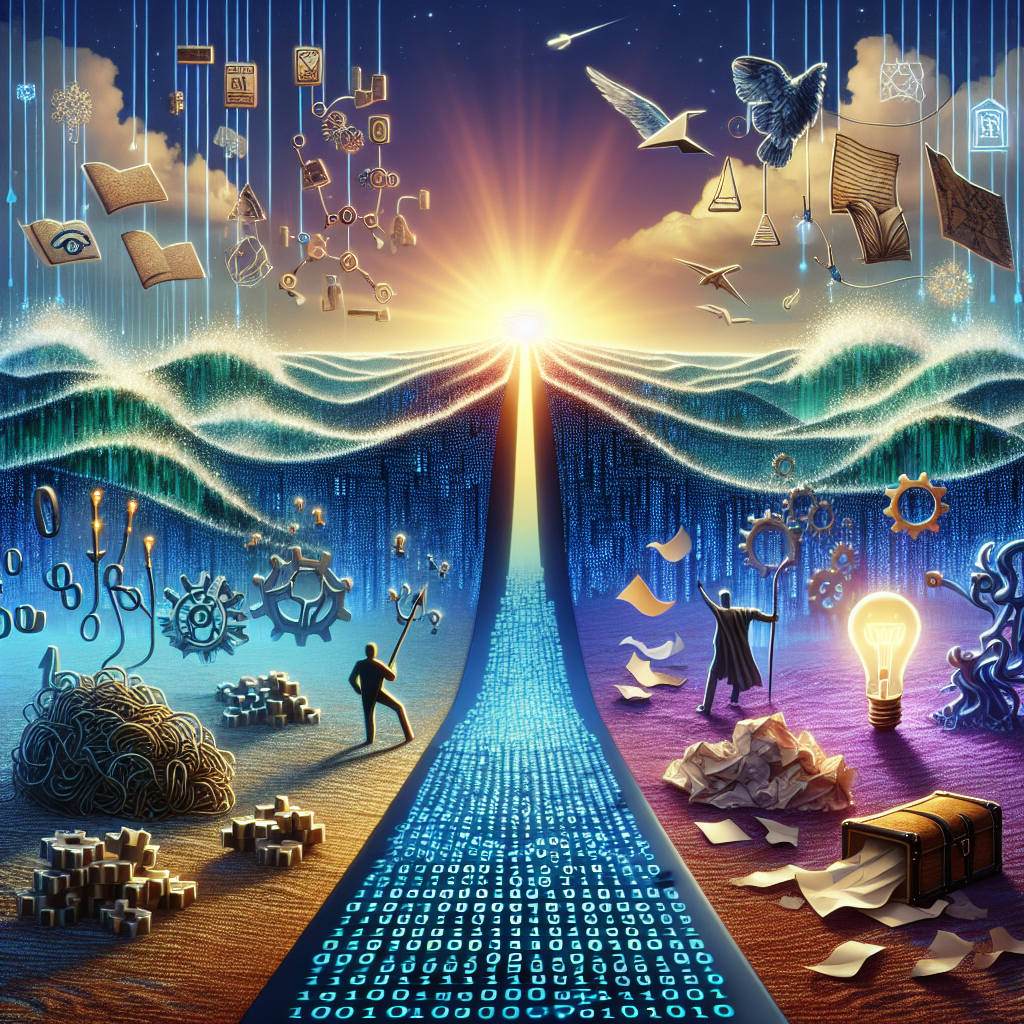As artificial intelligence continues to weave its complex web across various sectors, the “creator economy” is finding both a boon and a bane in its evolution. The recent analysis from VC Cafe, titled “AI, Slop, Scarcity, and the Future of the Creator Economy,” sheds light on how the surge in AI-driven tools, widely heralded as the democratization of content creation, is crafting a new narrative fraught with challenges and opportunities for creators.
The emergence of platforms like MidJourney, DALL-E, and ChatGPT has revolutionized content creation by lowering the technical skill threshold required to produce complex digital works. This accessibility means that a larger number of individuals can partake in creative activities, potentially leading to a more vibrant, diverse array of voices and outputs. However, as the article points out, this same accessibility could be tipping the scales towards an overflow of mediocrity, referred to as “slop” in the industry parlance.
‘Slop’ is characterized by a glut of low-effort, repetitive content which is easy to produce with AI tools. This type of content, while voluminous, often lacks the depth, creativity, or personal touch that marks truly engaging material. The concern here is not just about the dilution of quality, but also about how such a trend could affect the economic stability of professional creators who strive to produce genuinely thoughtful, original content.
Scarcity, a fundamental economic principle, is also altered in this landscape. In traditional markets, scarcity can add value to goods and services, making them more desirable. In the digital content sphere, AI’s ability to generate endless content undermines this concept, potentially devaluing the work of human creators and saturating the market to the point of diminishing returns.
Interestingly, the article also taps into how this scenario reshapes the creator economy. As traditional barriers to entry are dismantled, the market becomes more competitive. Creators are now pressured to continuously adapt and innovate to maintain visibility and viability in an ever-expanding ocean of digital content. This could mean a shift in how creators and marketers strategize, emphasizing unique and innovative content that can break through the noise.
Furthermore, as per the analysis, the implications for content monetization are significant. With AI challenging the uniqueness of creators’ offerings, finding sustainable revenue streams becomes more challenging. This could lead to a stronger emphasis on community-building and direct audience engagement as creators seek to monetize their unique relationships with their followers, instead of relying solely on content sales or ad revenue.
Intellectual property rights come into sharp focus in this discussion. As AI-generated content becomes more prevalent, the lines blur between the tool and the creator, raising questions about ownership and copyright in digital works. The handling of these legal aspects will be pivotal in defining the future path of the creator economy, safeguarding human creativity and its value in a machine-driven context.
Thus, as we look towards the future, the creator economy stands at a crossroads shaped by AI innovation. Creators who can leverage these new tools without losing their unique voice are likely to thrive. For the industry at large, striking a balance between innovation and the intrinsic value of human creativity will be key to sustaining a healthy, dynamic market. This ongoing evolution calls for vigilance, adaptability, and a rethinking of traditional economic models in the creative domain.



